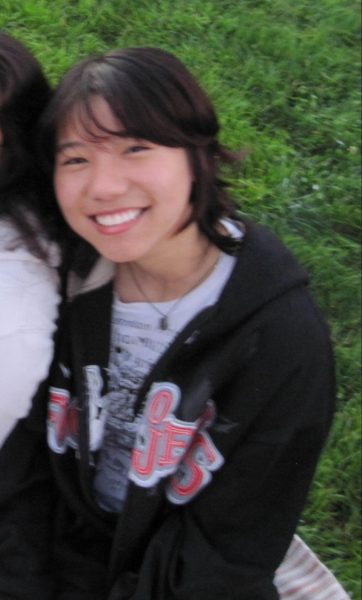Having woken up and gotten dressed, you take a seat at the table. You don’t reach for your cereal, but rather your phone, which already has Instagram open. Stories are tapped through, messages are responded to, and posts are double-clicked, but you pause on one: “Global Conflict Now: What You Should Know.” Its minimalistic color scheme breaks through your feed. Its graveness makes your thumb swipe left. Slide after slide, international tragedies are listed, each with its own graphic image. You’re horrified by your own ignorance—how couldn’t you have known? You repost it and take to Twitter to do the same. Satisfied, your phone is placed back on the table.
Our modern-day replacement of the morning paper has many benefits: It’s accessible, engaging, and quick. Skimming is made easy when headlines are crowded with buzzwords and descriptions are less than three hundred words. When we are tired of reading, TikTok has thousands of videos under thirty seconds that offer bite-sized television broadcasts. “News spreads much faster today,” said junior Sneha Varghese, “Many people tend to post about what’s happening in the world and their opinions of it at hand.” All it takes is a sleek presentation, a blue checkmark, and a decent following for algorithms to pitch it forward.
While social media bestows an incredible landscape for sharing first-hand accounts and widespread awareness, it is also a place where the bounds of creative liberties are not properly drawn. Distinguishing fact from fiction becomes twice as difficult when information is condensed for an easy viewing experience. Sacrificing nuance then lends itself to misguided, misinterpreted material that can be destructive for impressionable audiences. Despite the harm it brings, sensationalist stories have a penchant for virality.
Varghese continued, “Sometimes the truth is buried beneath opinions and claims. To me, it undermines the seriousness of the news. I feel like most teens spend an enormous amount of time mindlessly scrolling while getting influenced by what they see online.”
“Mindlessly scrolling” is exactly the issue at hand. In an age of media saturation, teenagers spend an average of 4.8 hours online per day. Although we all use apps as avenues of amusement, it becomes an issue when we turn to TikTok or Instagram for the press. Short-form content, by design, is made to entertain without the need for intense concentration. This attitude cannot be applied to digesting breaking news, as junior Nara Lee expressed: “I think [people] use less of their brains when taking into consideration what might or might not be true.”
The consciousness necessary to evaluate content is known as media literacy. Media literacy—the ability to critically approach and analyze a message—ensures that viewers take an active role in the conversation. Since it is a long-term discipline that juxtaposes the short-form environment we are used to, it requires constant practice. Fortunately, we have been practicing its fundamentals since the beginning of our academic careers.
For instance, the rhetorical techniques learned in English can be applied to understanding why a tweet provoked a certain reaction. This then allows reflection upon our response, helping us identify patterns in media representation and take caution against them. Similarly, the problem-solving learned in math enables observation-making and inference-drawing, helping us form our own conclusions. Like Varghese said, “Everyone has their own mind and how they intake information. As for improving media literacy, it’s the mindset of the viewer that can bring change.” By transferring these skills online, our engagement is shifted to empower freedom of thought and expression, as opposed to passively absorbing text.
Another key aspect is detaching personal emotion from our initial reactions. Inflammatory, controversial, and problematic news cannot be controlled, but our response to it can. Although social media grants everyone a voice in the discourse, a clear mind is necessary when judging a source’s integrity. Rather than inserting ourselves immediately, taking a step back allows a view of the bigger picture: who is presenting this information and why? This reveals biases that we would have otherwise missed because of a knee-jerk reflex to commend or condemn
Now, it is a new day. You take a seat at the breakfast table and start another scroll cycle. “Global Conflict Now: What You Need to Know” is once again at the top of your feed, but you withhold the impulse to repost. Swiping through each slide slowly, the content is taken in carefully. Is the information cited by credible references? Are there emotive buzzwords? How is the creator’s stance being framed, if at all? With this assessment in mind, a quick Google search provides even more insight. Most importantly, you are equipped with a better grasp of the subject. Satisfied and informed, your phone is placed back on the table.









